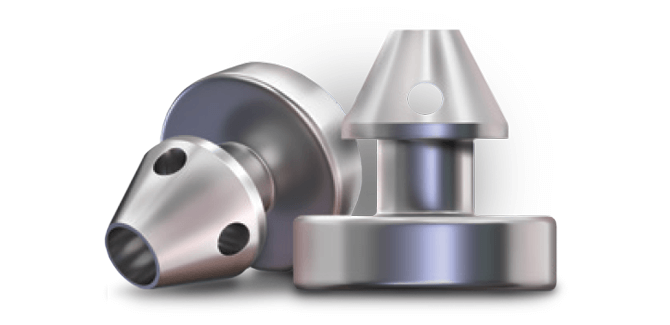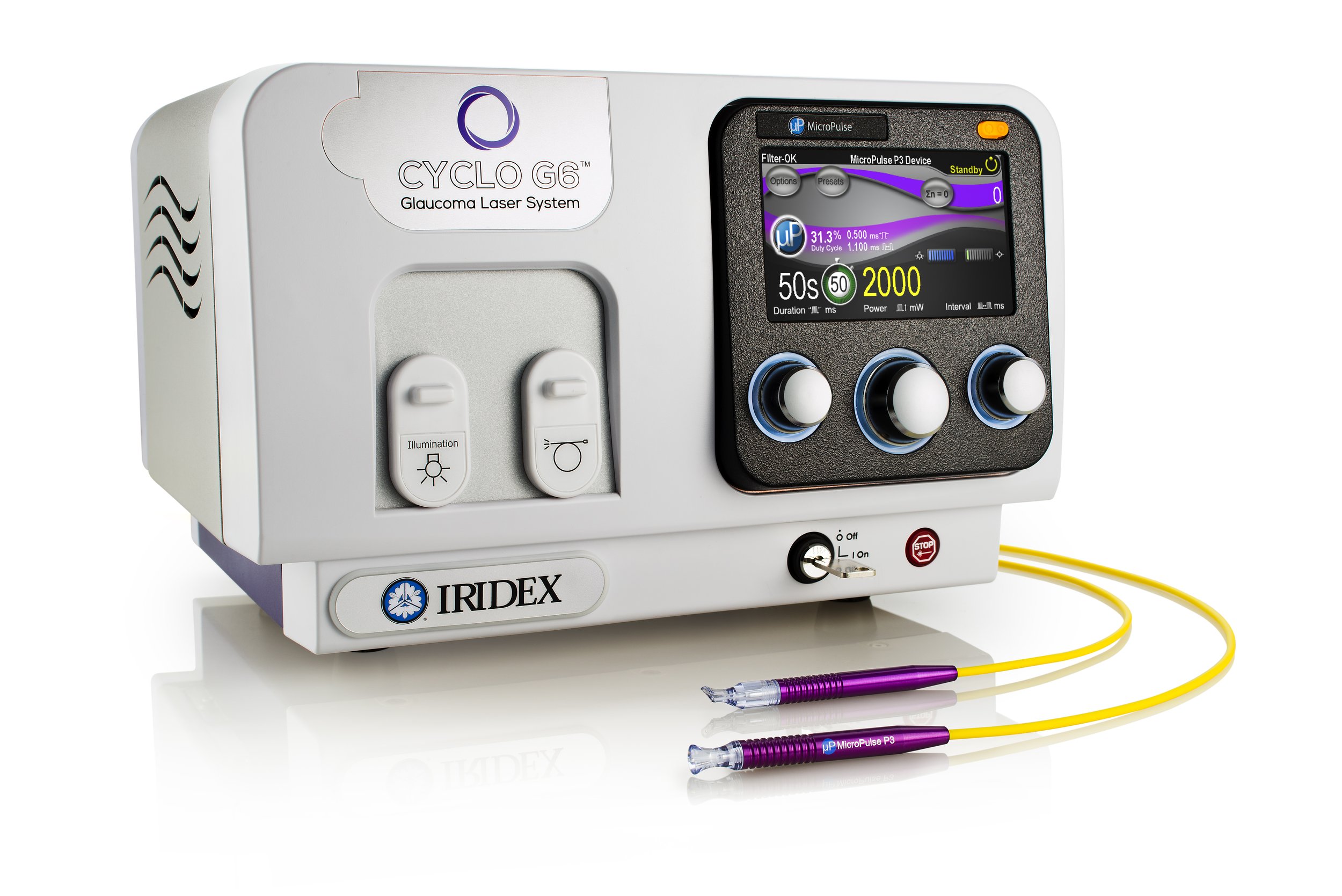
Minimally Invasive Glaucoma Surgery
Over the past 5-10 years there has been a revolution in glaucoma surgery, with the introduction and widespread adoption of Minimally Invasive Glaucoma Surgery, commonly called MIGS. The MIGS procedures offer patients a generally safer alternative to traditional glaucoma surgery with greatly reduced recovery times. Some MIGS procedures are offered only at the time of cataract surgery while others can be performed as stand alone procedures. All MIGS procedures aim to improve the outflow of fluid from the eye, reducing eye pressure. The following is a partial list of MIGS procedures offered by the surgeons of Palo Alto Eye Group:
Goniotomy
A goniotomy procedure essentially involves removal of the clogged filter that is impeding the flow of fluid out of the eye and into the eye’s natural drainage system. The Kahook Dual Blade was designed to achieve near complete removal of the clogged filter with minimal, if any, damage to the surrounding tissues. The illustration shows an exposed drainage collector channel after removal of the overlying filter.
Viscodilation with or without GATT
Ab-interno Canaloplasty using the iTrack Microcatheter; the OMNI Surgical System; and the Streamline Surgical System, is an implant-free MIGS procedure designed to re-establish the eye’s natural fluid outflow pathways. It allows the surgeon to access, in some cases catheterize, and flush out points of blockage in the eye’s drainage system . This leads to improved outflow of fluid and lower eye pressures. Conjunctival tissues are not disturbed and there is no scarring, so if further surgery is needed in the future, it can be performed with significantly higher rates of success.
In addition to flushing out the collection channels, the iTrack Microcatheter and OMNI Surgical System can be used to perform Gonioscopy-Assisted Transluminal Trabeculotomy (GATT), a procedure that opens the filter leading to the fluid collection system, allowing for even better fluid outflow and lower pressures.
Xen Gel Stent
The XEN Gel Stent is a surgical implant designed to lower high eye pressure in open-angle glaucoma patients where previous surgical treatment has failed or medications alone were insufficient. The XEN stent creates a small channel in the eye to drain fluid and help lower eye pressure. The stent is a tiny tube—about the length of an eyelash—that when placed into the eye becomes soft and flexible. Palo Alto Eye Group doctors contributed to the original U.S. clinical study that established XEN's safety and effectiveness, and have since refined the technique to make the procedure even safer and less invasive.
iStent Inject
The iStent was the first minimally invasive glaucoma surgery (MIGS) device approved by the FDA. iStent lowers eye pressure by improving your eye’s natural fluid outflow by creating a permanent opening in the trabecular meshwork. Proven safe and effective, the iStent Trabecular Micro-Bypass is the smallest medical device ever approved by the FDA. It is placed in your eye during cataract surgery and is so small that you won’t be able to see or feel it after the procedure is over. For patients with combined cataract and open-angle glaucoma, iStent reduces introcular pressure (IOP) by improving aqueous humor outflow.
Hydrus Microstent
Like the iStent, the Hydrus Microstent is a device that is placed into the eye's internal drainage canal during cataract surgery to help enhance fluid outflow. Fluid flows along the canal and into the eye’s natural outflow channel to reduce eye pressure. The device, which you will not be able to see or feel once it is implanted, has an excellent safety profile and can help deliver mild to moderate reductions in eye presssure.
Micropulse Diode Laser
The Micropulse Diode Laser, manufactured by Iridex, targets and destroys the cells responsible for production of aqueous humor, the clear fluid inside the eye. Older generations of the laser delivered energy at a continuous dose which sometimes resulted in collateral tissue damage and complications. Micropulse technology allows surgeons to deliver a series of repetitive short pulses of energy alternating with rest periods in between pulses. This is thought to allow for a “cooling period” between bursts, which minimizes collateral tissue damage. Micropulse laser treatment is an option when other types of glaucoma surgery have failed.






